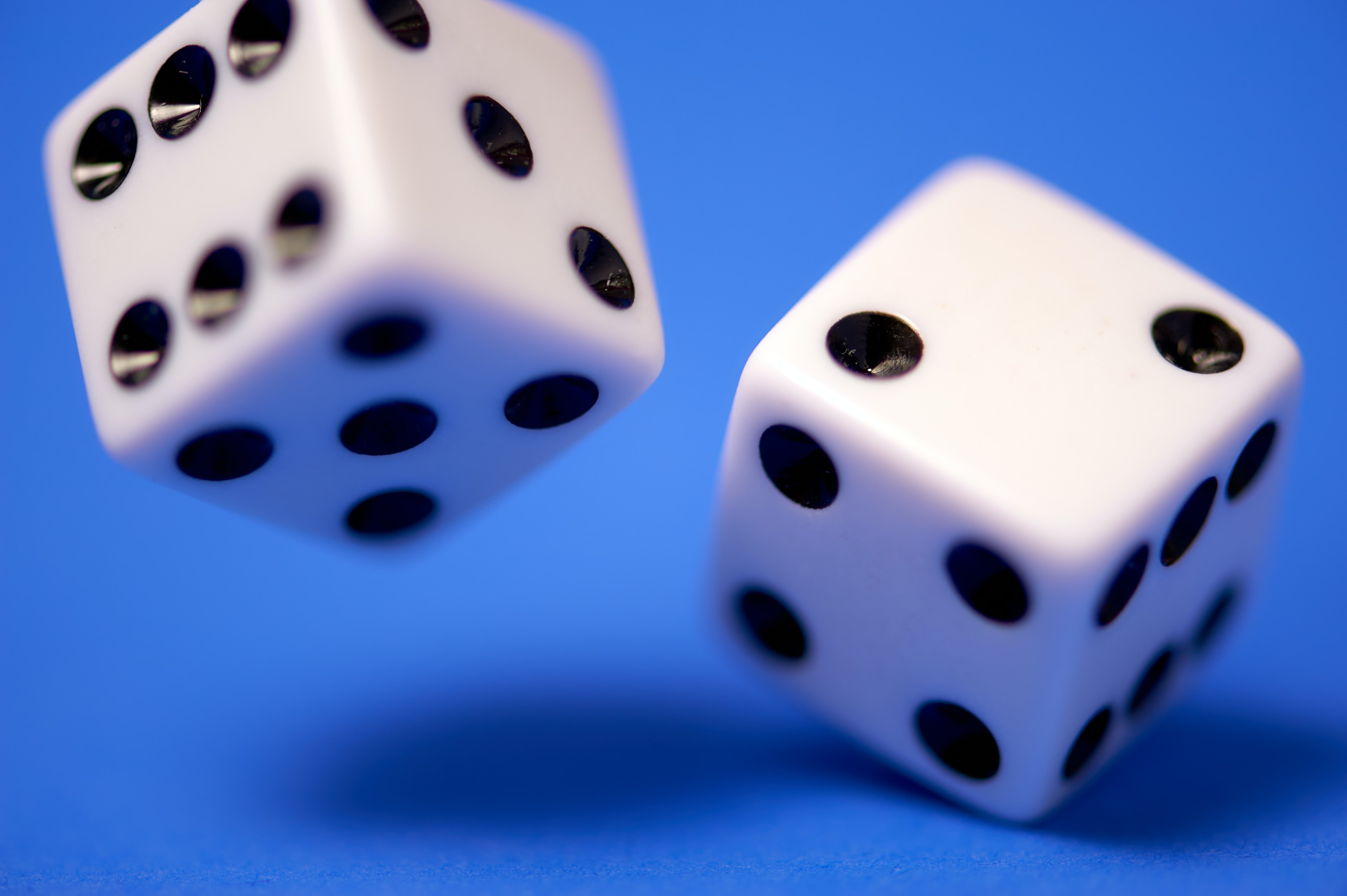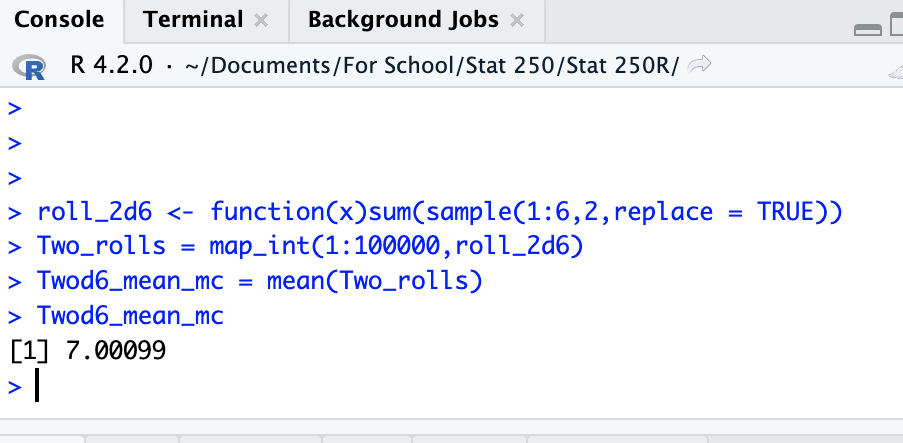
A Brief Guide To Monte Carlo Simulations
Exploration of how to use the Monte Carlo simulations to approximate expected values
What exactly is a simulation study?
A simulation study uses a mathematical model to solve problems that you might encounter in the real world without having to use the real-world system. When producing a simulation study, we often run through many hypothetical samples to increase our accuracy. The more samples we run through, the higher the probability of obtaining an answer closer to the truth.
Simulation study vs. theory
In one of my most recent statistics class, one of my classmates asked the professor “If we can find probabilities using theory, why learn how to do a simulation study?” Very valid question. There are two responses to that question:
Simulation studies give us another tool to check answers
Think back to your intro to calculus class. The first few class periods are devoted to understanding the definition of an derivative. You solve some simple derivatives such as x2 using the definition. Then you learn the power rule. I remember thinking “Why on earth did I learn to utilize the definition when this shortcut exists?” Having both methods (and solving problems both ways) gives us assurance that our solutions are correct. The same thing applies to simulation studies.
Simulation studies help understand more complex situations
Many real-world circumstances introduce complications that would lead to near impossible problems using only theory (and some are even impossible). Introducing simulation studies in one of these examples helps us get some intuition even if the theory proves difficult.
How to conduct a Monte Carlo simulation
Monte Carlo simulations are just one kind of simulation studies. In our example, we will see how they can be utilized to predict a solution given probabilities of certain outcomes. According to Amazon, a Monte Carlo simulation contains three components. We will run through the three components with a simple example or finding the mean of the sum of two six-sided dice.
-
The input In our case, the input is simply the probabilities of each outcome occurring. With a die that has no special weighting, we know the probability of landing on each side is the same: one-sixth. ‘roll2d <- function(x)’
-
The output For the two dice, we want to know what the expected value (or mean) of the two dice rolls is. When running a Monte Carlo simulation for something due to chance, the output will often be the expectation, however, utilizing Monte Carlo simulations for other fields will produce distinct outputs.
-
The mathematical model Since we already know our probabilities, our mathematical model is simple. All we need to do is find the mean of all our test runs.

The picture above shows one way to run a Monte Carlo simulation. We see that the input used in the simulation in the first line of code, the output is “Twod6_mean_mc = 7.00099”, and the mathematical model is simply finding the mean of all our draws.
While this example would not be too difficult to find theoretically, it shows that with just a few lines of code, taking enough random samples and finding the mean of all those random samples gives us a great approximation to the actual expected value.
Applications of Monte Carlo simulation
The applications of a Monte Carlo simulation are quite widespread, but many of the applications are found in the finance world. For example, insurance companies could use a Monte Carlo simulation to find the expected value of money paid for customer claims to know how high to set their premiums (more info found on Investopedia).

You could run a simulation using a basketball team’s shooting percentages along with their average shot count to find who is more likely to win a particular game (granted there are many lingering variables in this situation).
Conclusion
While Monte Carlo simulations have their drawbacks, many professions use them to predict outcomes to at least get a sense of what might happen. These simulations can also help to back up theoretical solutions and put them to the test. So the next time you are at the at the Texas Hold’em table or playing Yahtzee, try running a simulation to find your probability of winning if you take a certain action. It just may make the difference between bringing home the bacon and coming up empty handed.